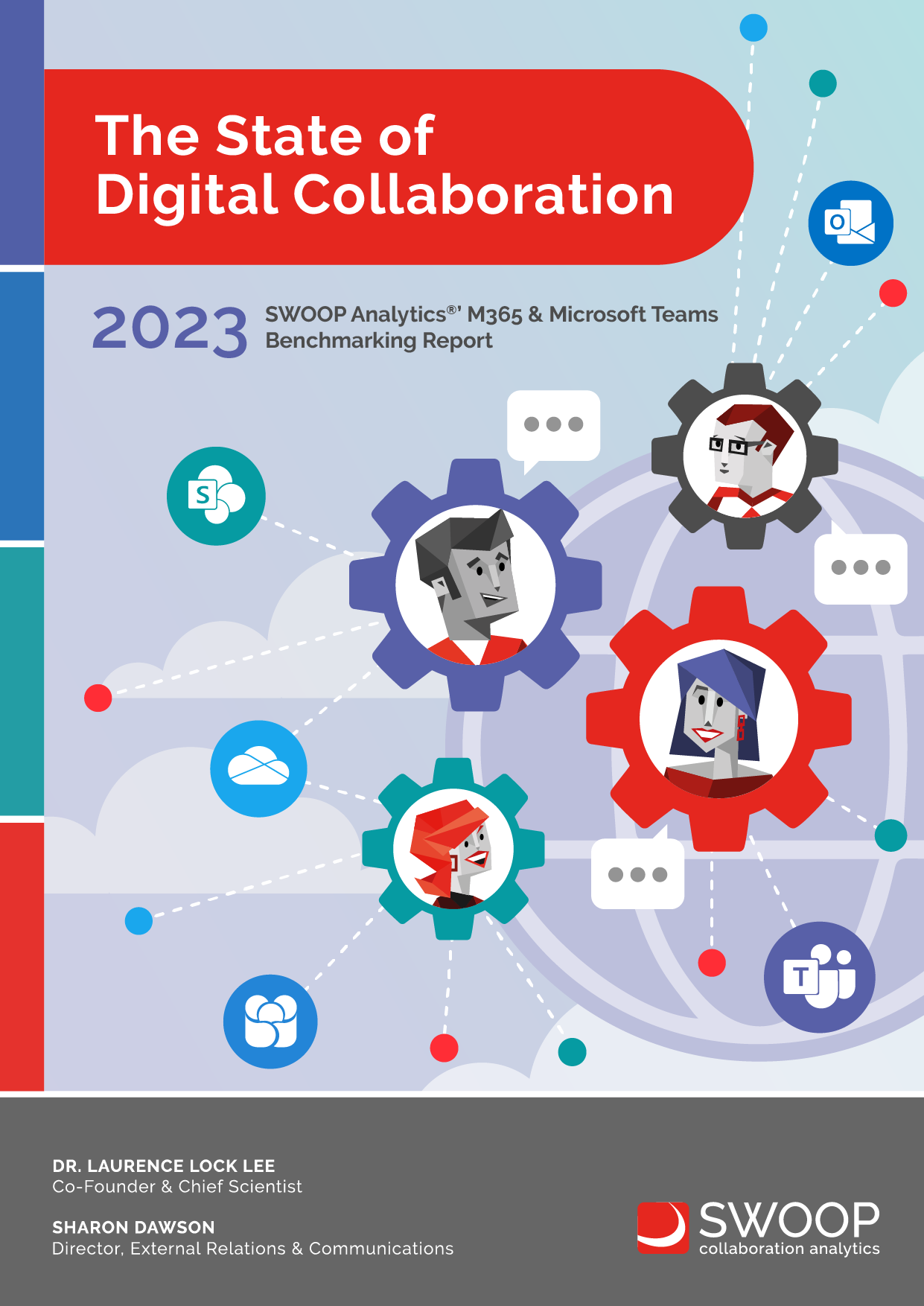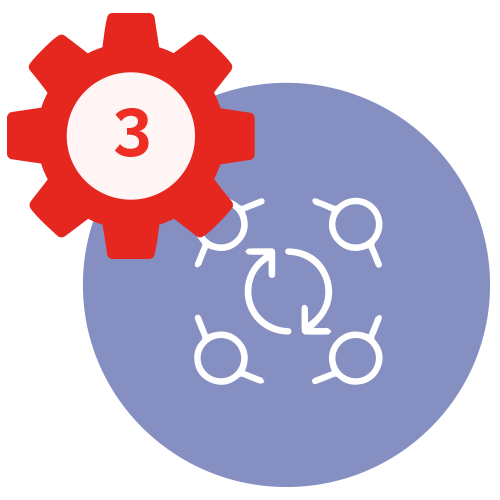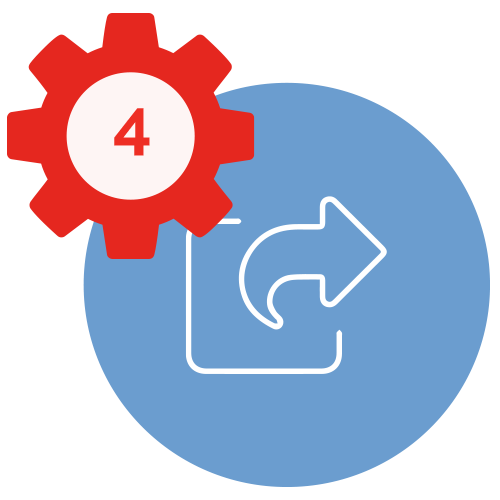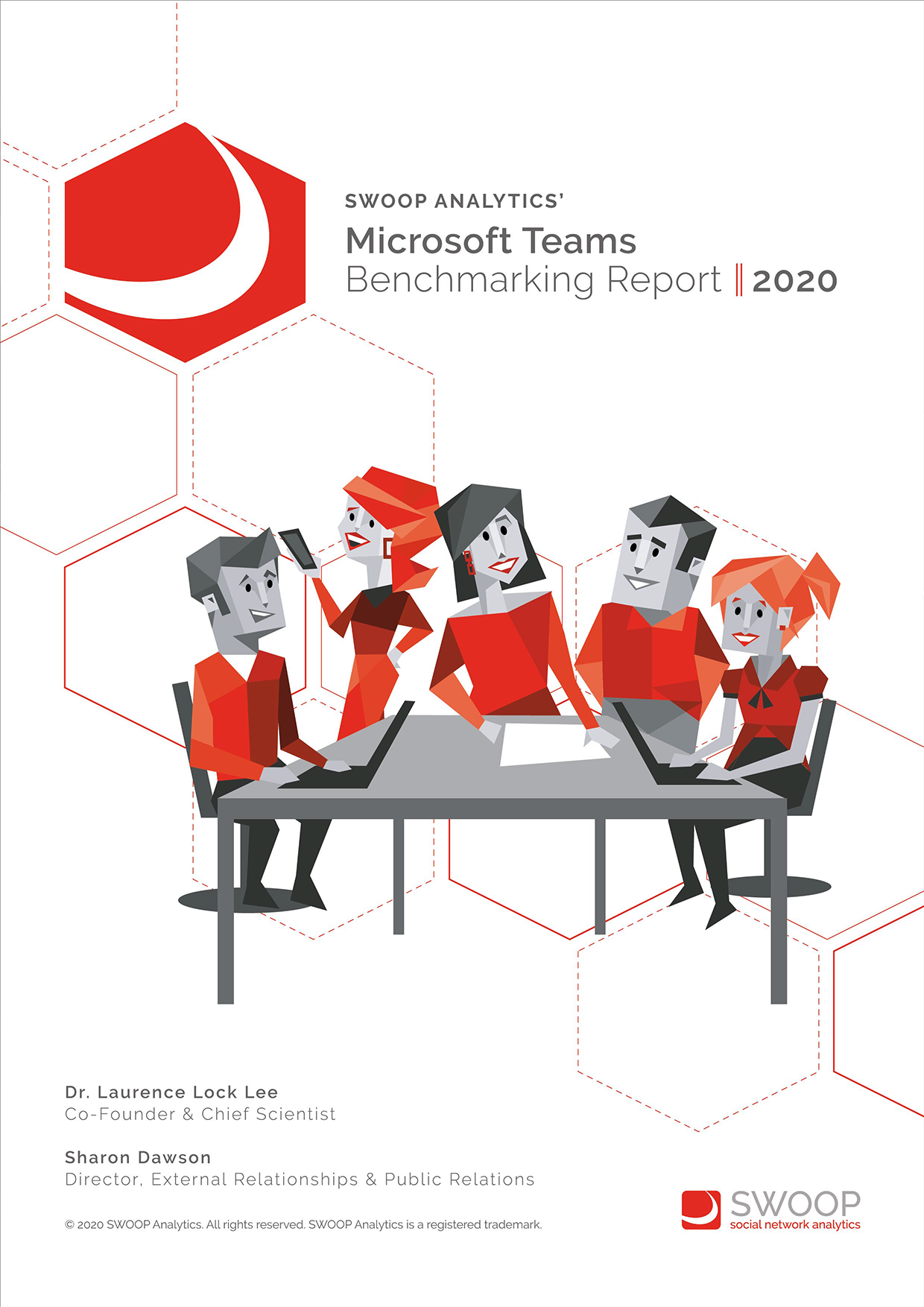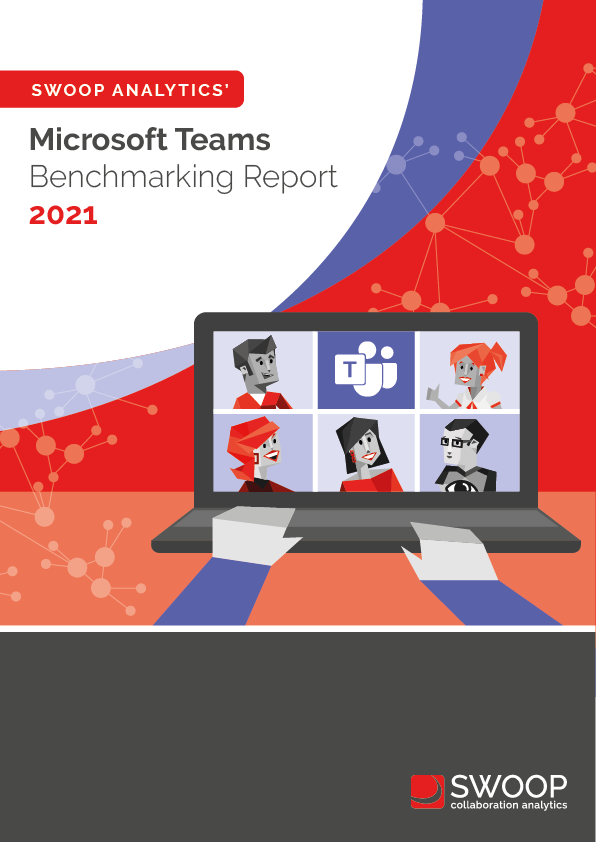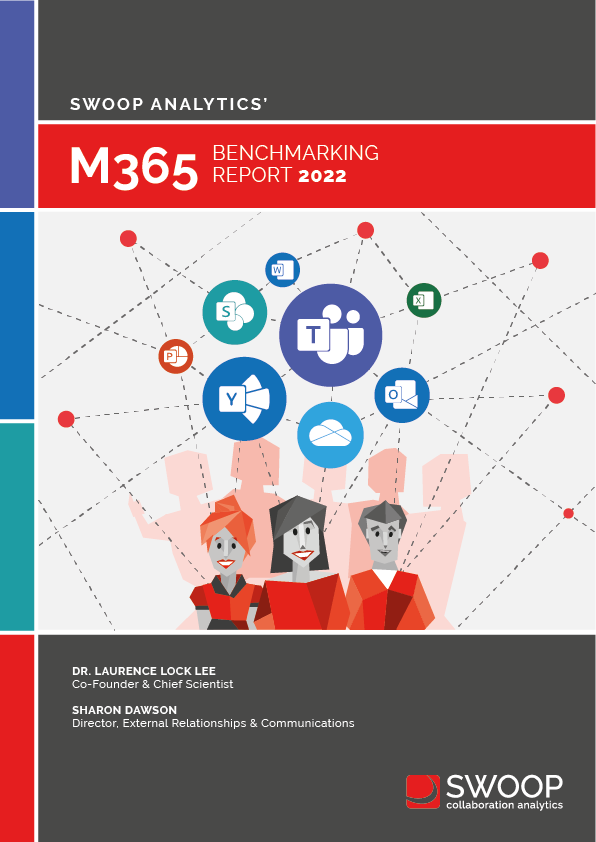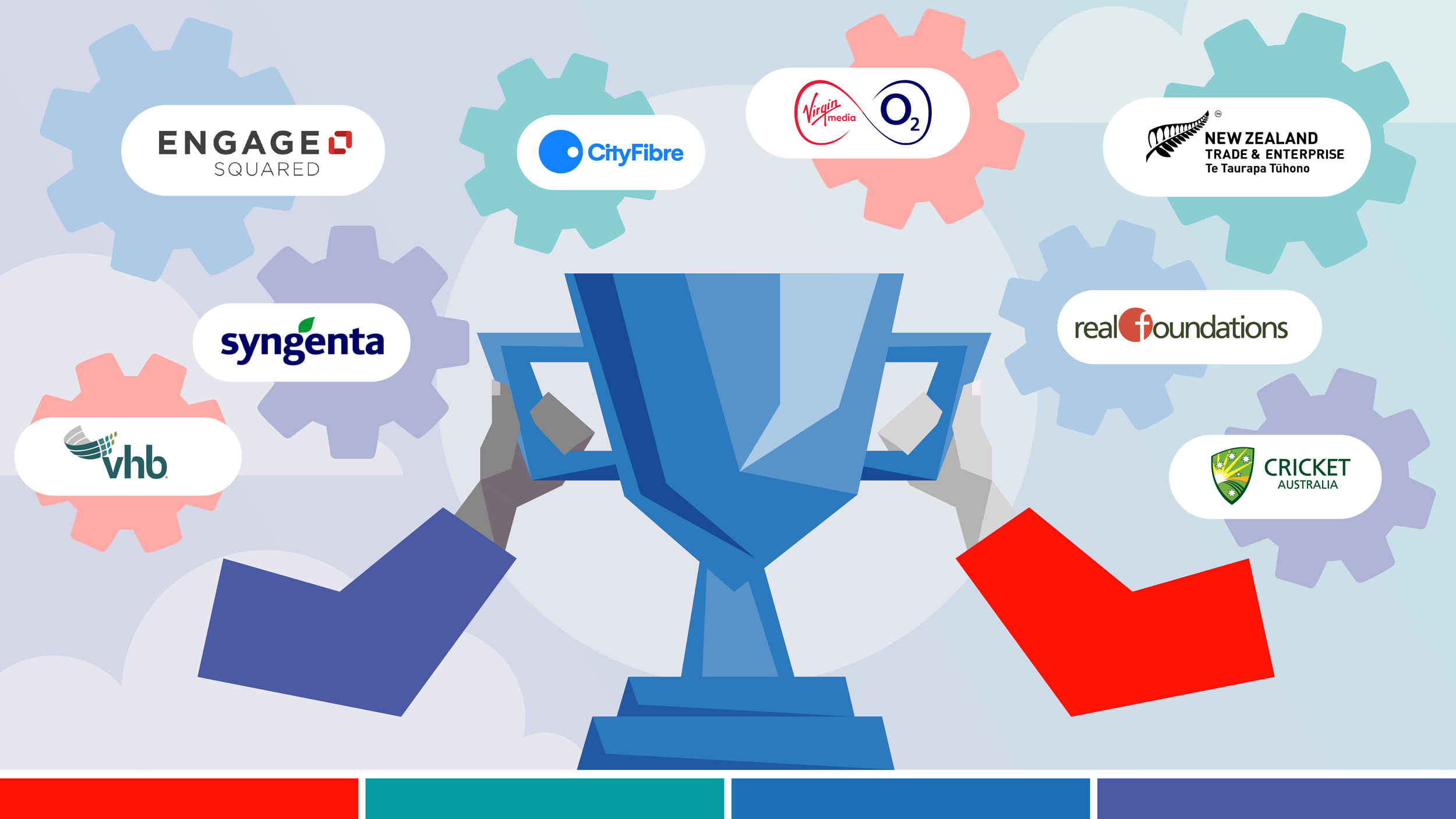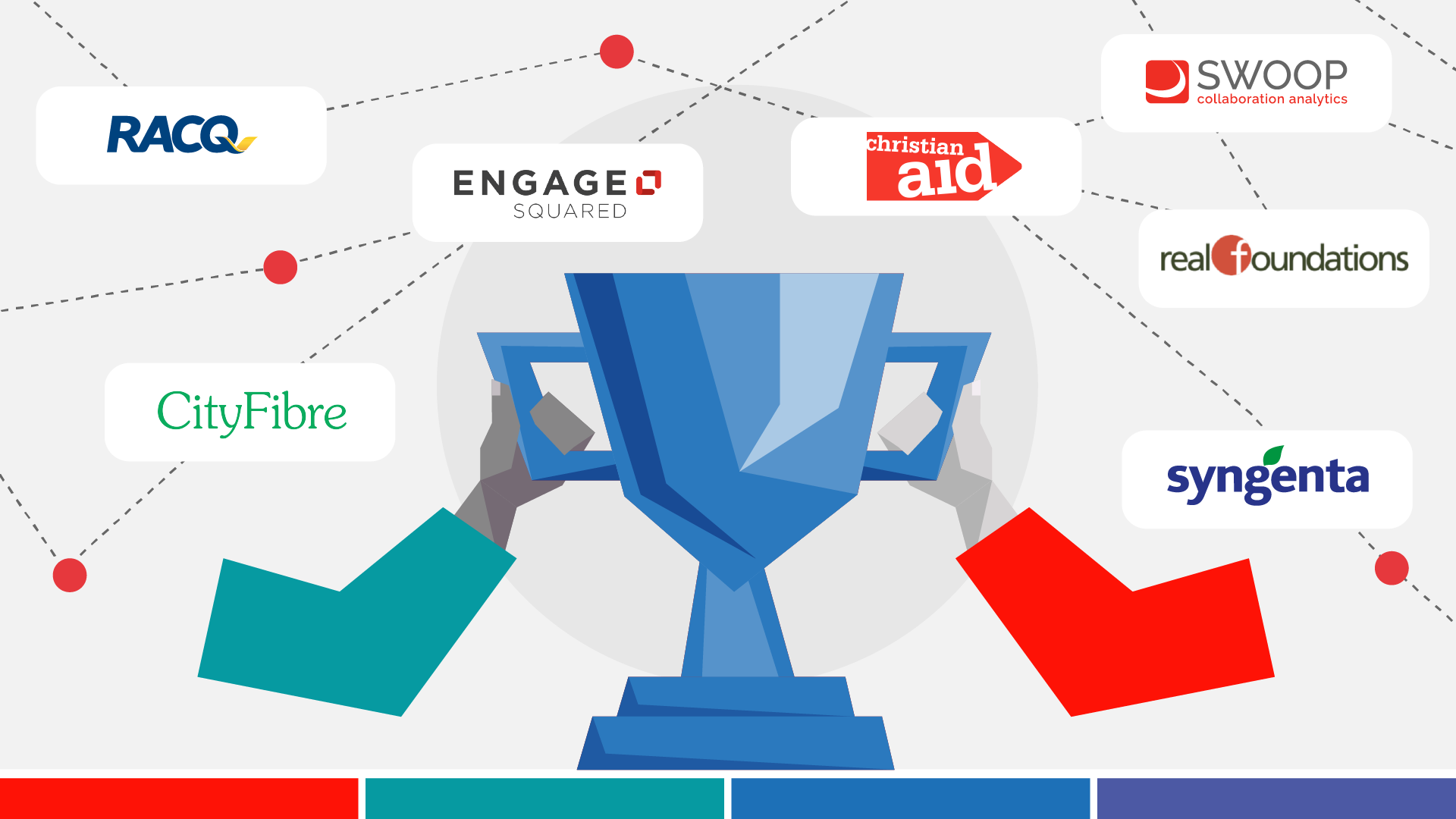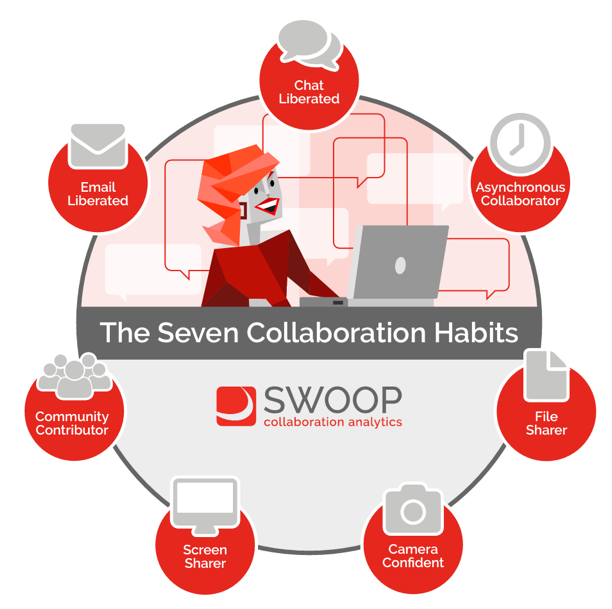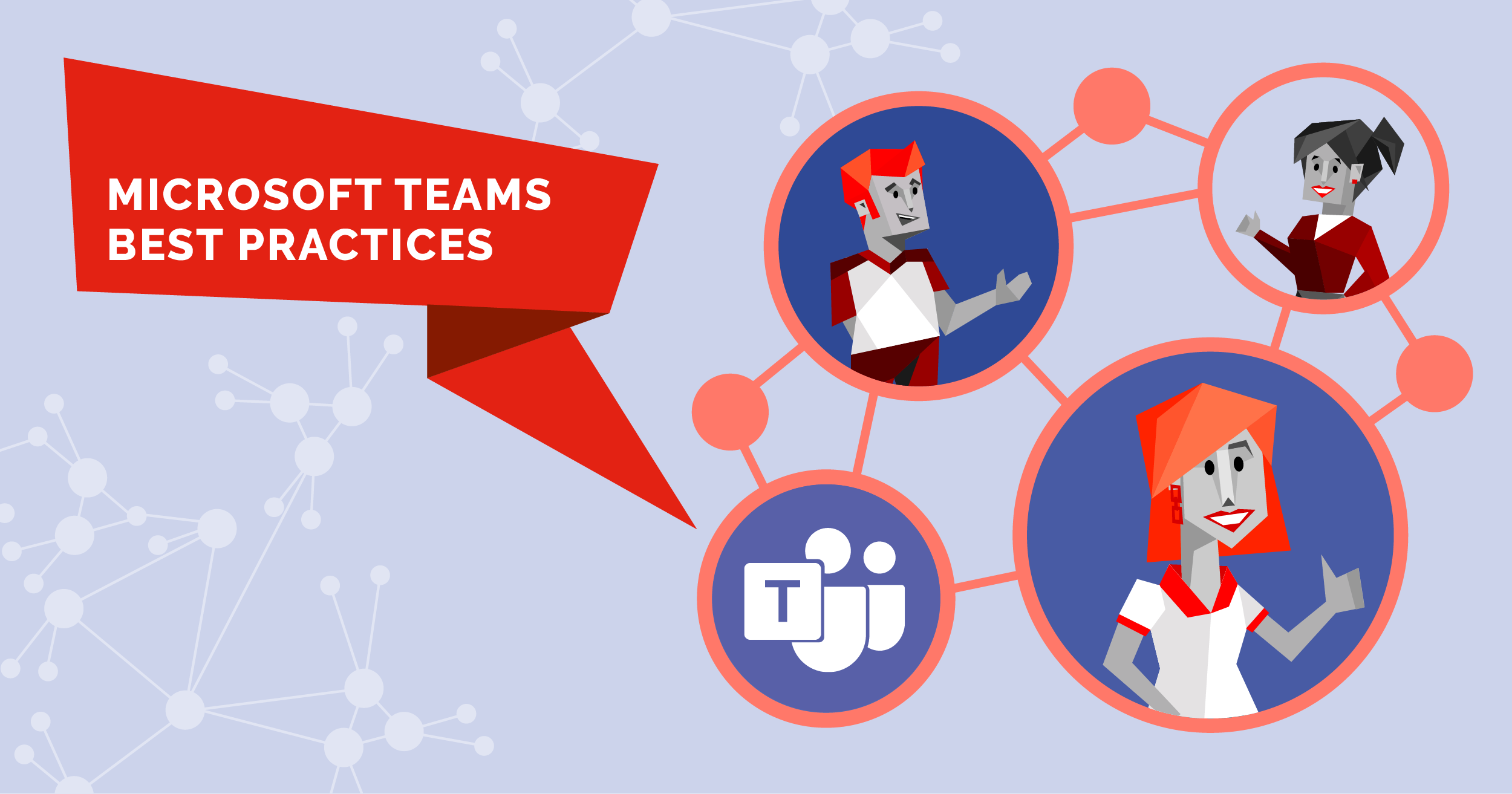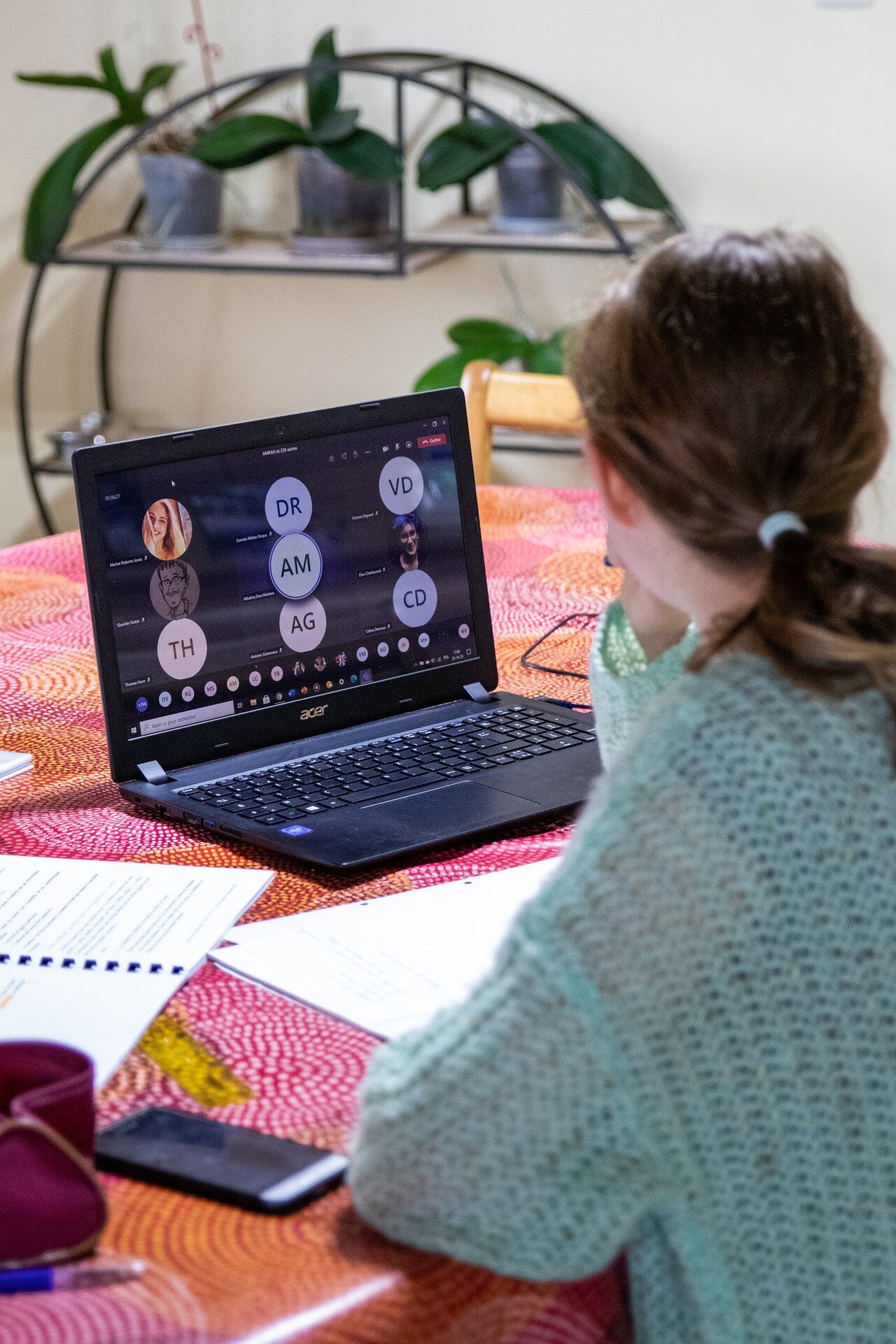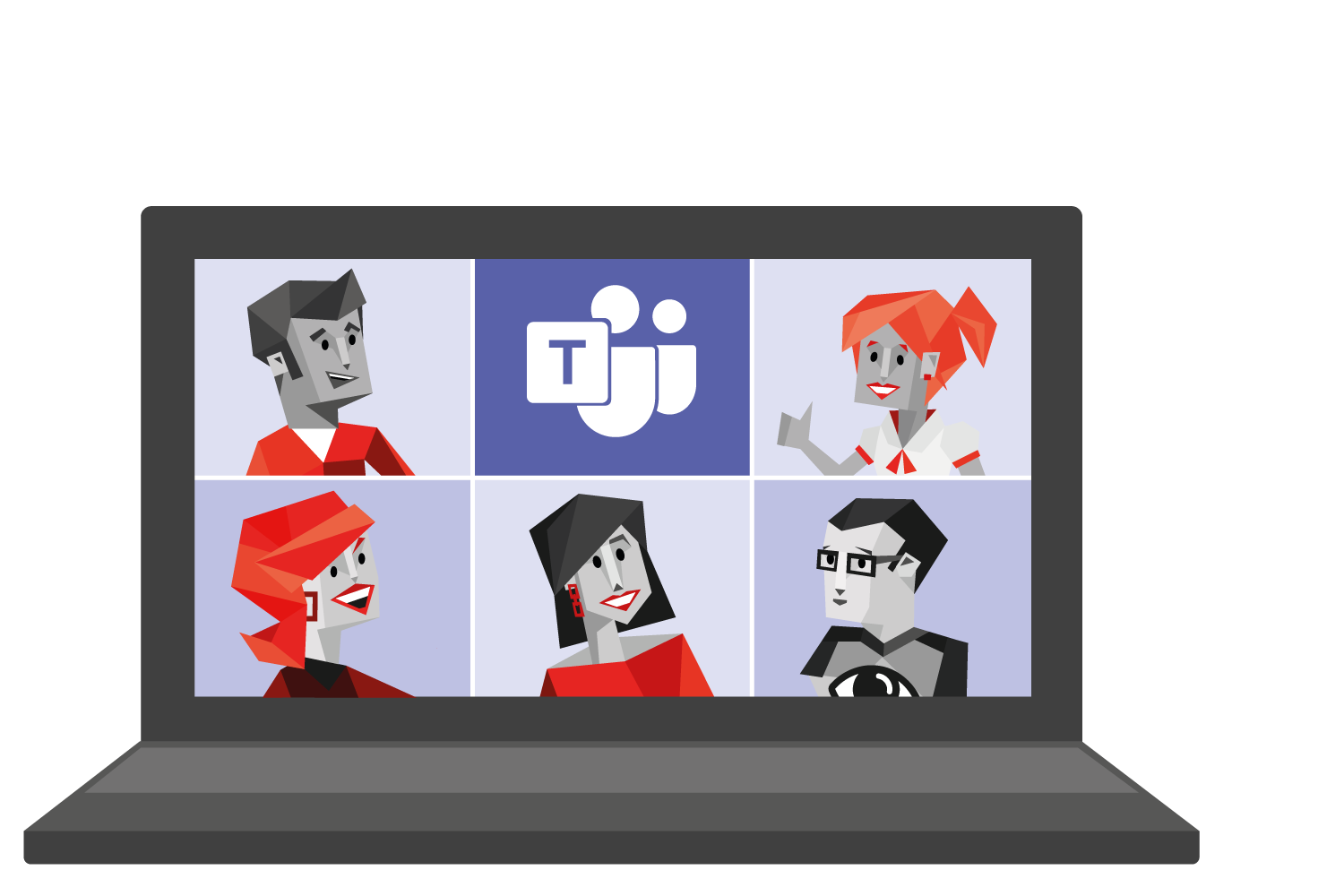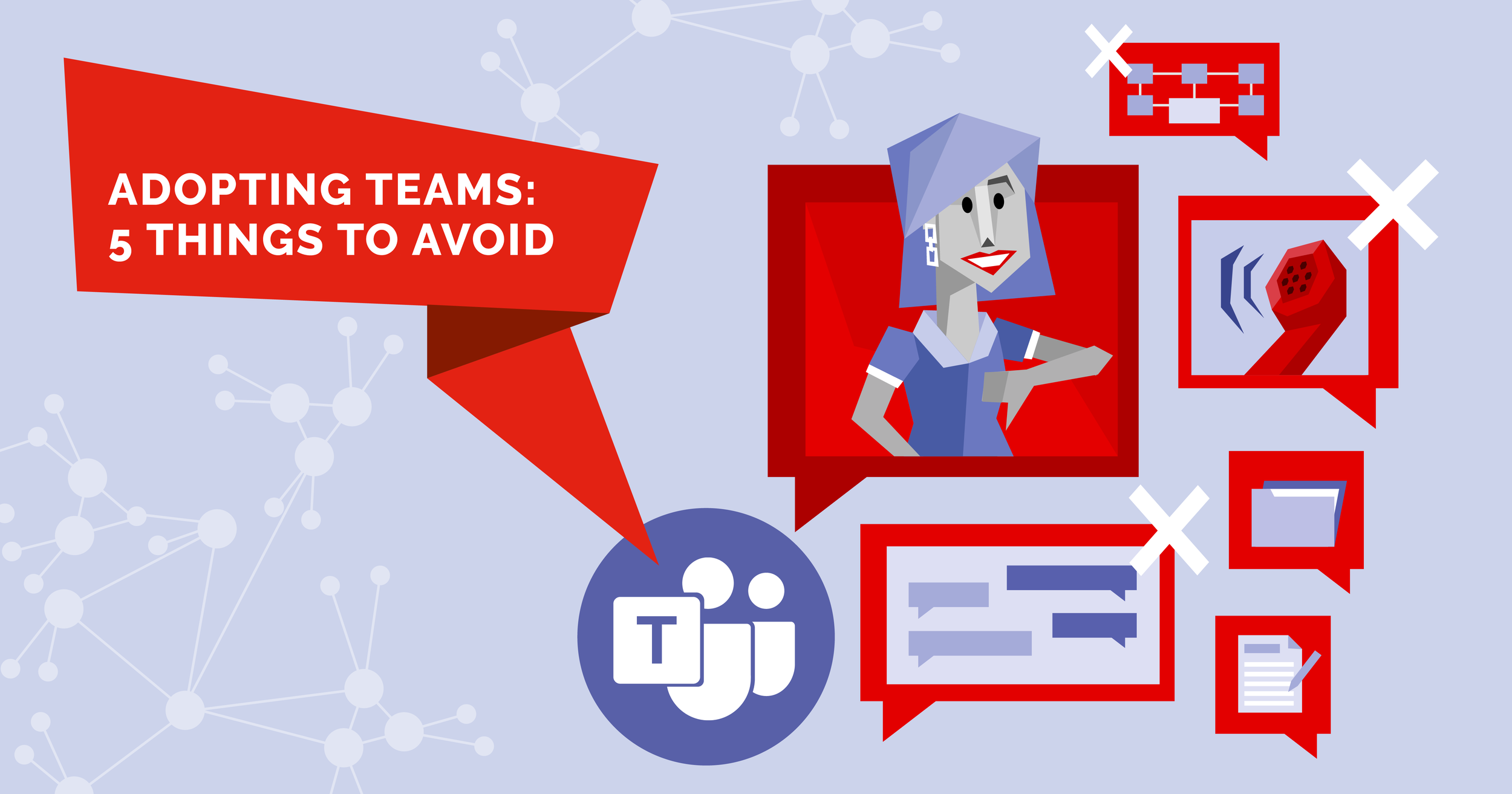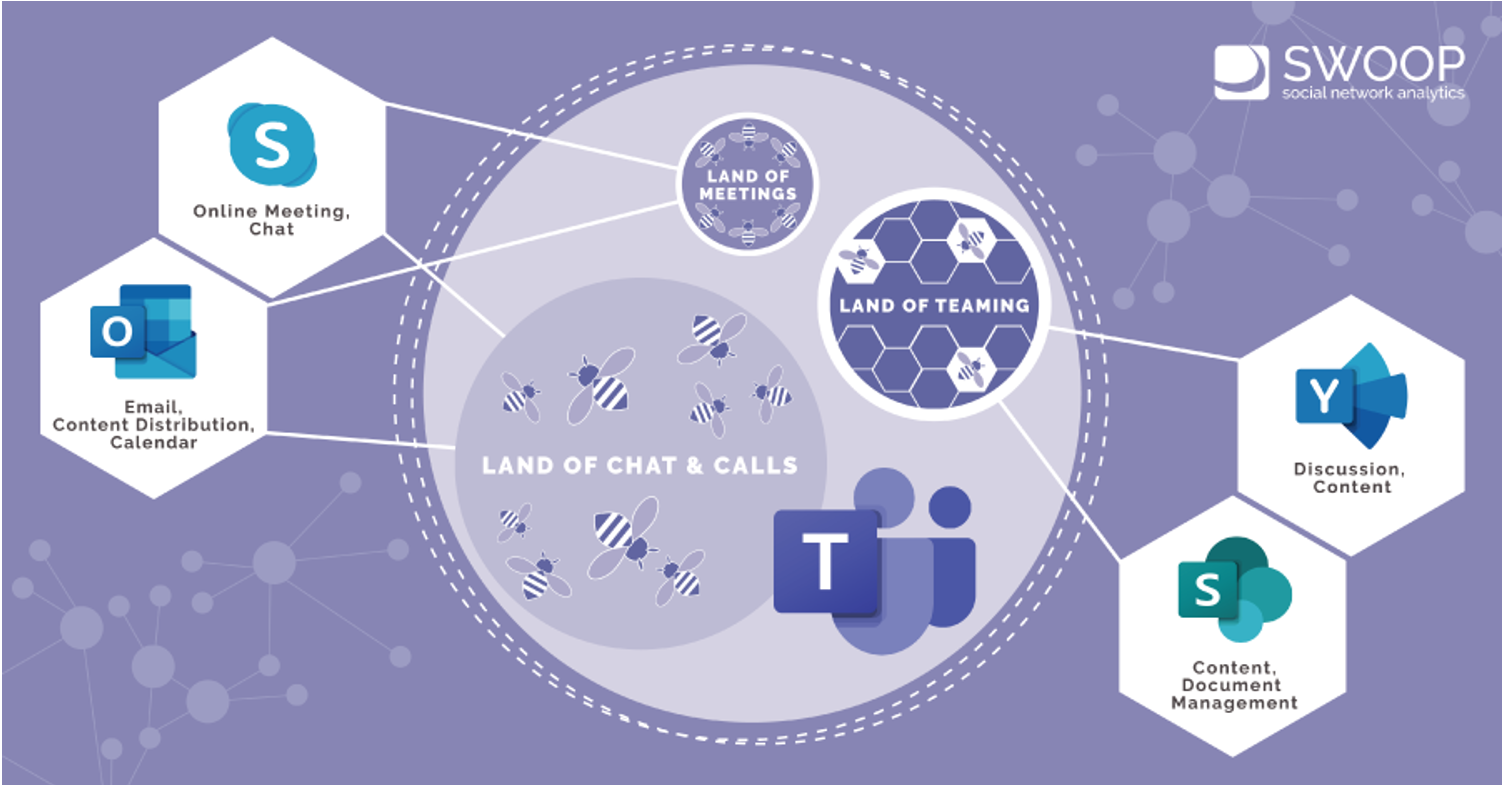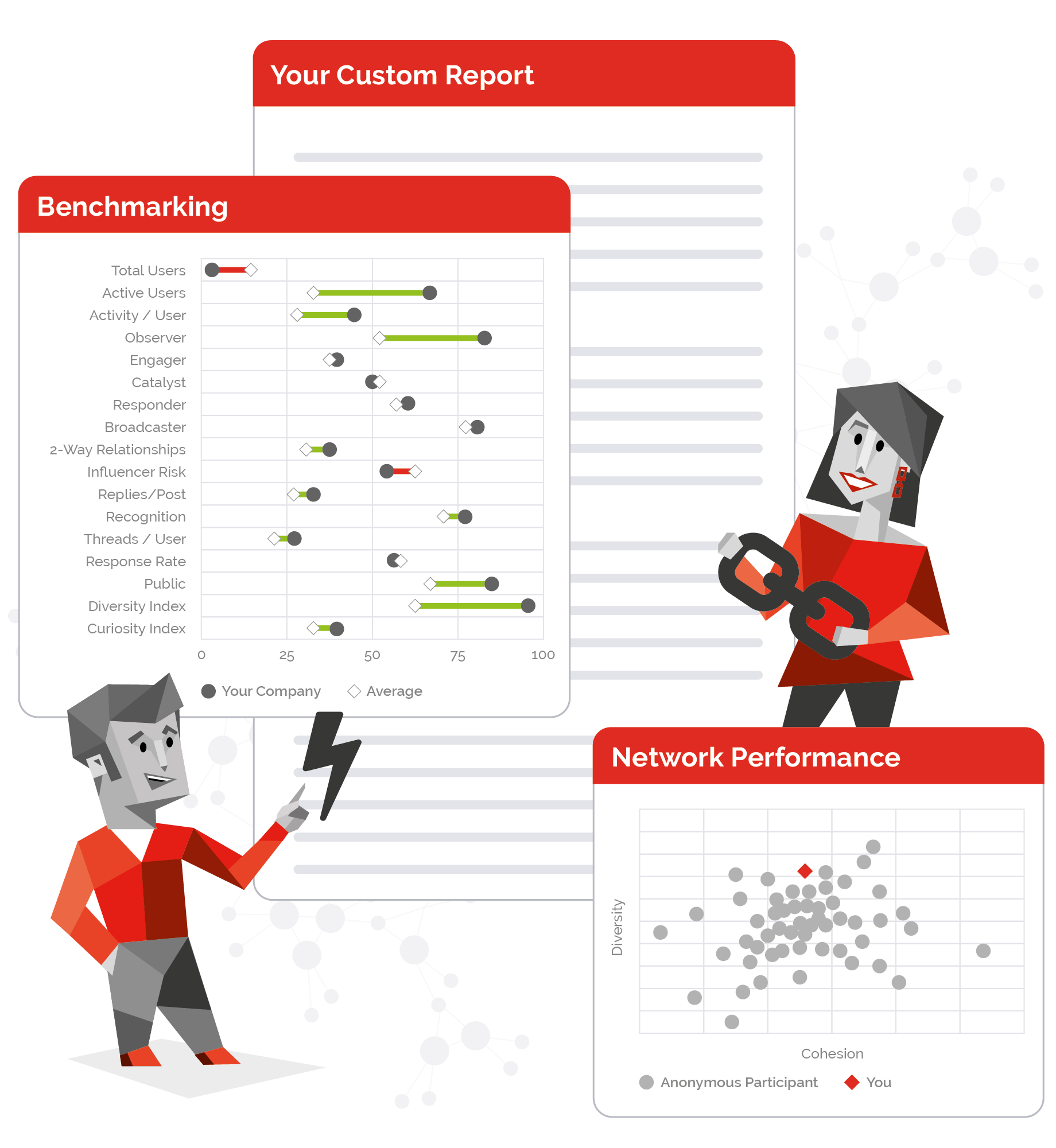In SWOOP Analytics’ 2023 M365 & Microsoft Teams Benchmarking Report we analysed the M365 interactions of more than 266,000 employees across 19 organisations, along with more than 67,000 teams in Teams across 17 organisations.
Register today and receive
your free copy!
The State of
Digital Collaboration
“It is critical for groups and teams to agree on their digital practices and work the same way
for successful collaboration.”
2023 Key Insights
The commonly held belief that remote and hybrid work has caused employees to be overwhelmed with too many Microsoft Teams meetings, resulting in burnout and lower performance, is a myth.
Only 1% of employees have “meeting overload”, with five or more Microsoft Teams meetings each day.
Less than 17% of people using M365 have more than two meetings a day on Microsoft Teams.
Less than an hour a day is spent in Microsoft Teams meetings, on average, across the active users analysed. (Active users are those who have interacted on M365 in the benchmarked period. For example, have posted, reacted or replied.)
We have lots of new tools available in M365 to collaborate, but our habits haven’t changed. Email, with all its inefficiencies, still dominates. Most employees spend the equivalent of a full working day a week in email. Balancing email with asynchronous work in Microsoft Teams channels will provide the largest return on investment.
Employees spend 80 minutes a day reading email, the most time-consuming activity on M365. Another 25 minutes a day is spent sending emails. That’s
1 hour and 45 minutes every day in email.76% of people using Microsoft Teams don’t use Teams channels to collaborate.
71% of staff have not posted in a Viva Engage (Yammer) community.
Almost 25% of all employees using Microsoft Teams have not sent or received chat messages.
Our ROI calculations found that if employees improve their digital collaboration habits on M365 it would equate to an increase in the workforce of 4.5%.
Collaboration is something you do together, but there are substantial variations in how people use the M365 tools within groups or teams.
This negatively impacts collaborative performance. Groups and teams must agree on how to use the M365 tools to improve collaboration and save time.
Only 5% of teams/groups/departments analysed have strong and consistent collaboration habits.
The remaining 95% of teams/group/teams had members who used the M365 collaboration tools in very different ways, making it very hard to work effectively together in a consistent way.
Those teams/groups/departments who do use Microsoft Teams have developed a “chat first” habit. In the three-month study period, 241 million Microsoft Teams chat messages were sent versus less than one million Microsoft Teams channel messages. There is a real risk that important enterprise knowledge will be lost in Teams chat.
To start working more consistently, and transparently, we recommend each functional group should create a team on Microsoft Teams, using channels rather than chat. This way there will always be a place to capture important content for future prosperity.
The high proportion of largely inactive teams on Microsoft Teams, together with the large variation found in activity levels within Microsoft Teams channels, suggests there is significant confusion as to how best to use Microsoft Teams channels. This presents the largest learning opportunity by far amongst all M365 functions.
We’ve seen significant improvements in collaboration across some M365 tools in the past 12 months, despite the return to the office, with more people using Microsoft Teams channels, more guests joining Teams and greater file sharing.
Activity levels for both M365 and Microsoft Teams channels were
20-30% up from the levels of 2022, despite the supposed return to the office during 2023.30 minutes a day, on average, is spent collaborating on SharePoint files.
There was a 17% growth in the use of Microsoft Teams guest accounts from 2022. This reflects an increase in external stakeholder engagement.
71% of the highest performing teams on Microsoft Teams are working as “Self-directed” teams. A further 23% are classified as communities.
Check out the recordings of our briefing sessions
Collaboration Champion Interviews
Past Benchmarking Reports
Teams Benchmarking Report 2020
In this world-first benchmarking of Microsoft Teams, we show you what high-performing teams look like, show you worst practices in Teams and how to avoid them and share best practices from customer case studies.
Teams Benchmarking Report 2021
SWOOP found that more than 97% of organizations aren’t getting the most out of Teams. That means companies that are ready optimise their online workplaces have incredible opportunities for growth.
M365 Benchmarking Report 2022
This report will give you practical ways to improve collaboration across your organisation. You'll read case studies from some of the top performers to learn their secrets to collaboration, and ideas of how to implement their best practices across your organisation.
Further reading on M365
& Microsoft Teams
Get your own custom M365 and/or Microsoft Teams Benchmarking Report
This custom report compares the results of your M365 or Microsoft Teams network with all other participating organisations. We will identify the top collaboration champions in your organisation, along with the best departments in your organisation, so you can learn from those within your own business. SWOOP Analytics Chief Scientist Dr Laurence Lock Lee will provide a qualitative summary of your organisation’s strengths and areas for improvement.

